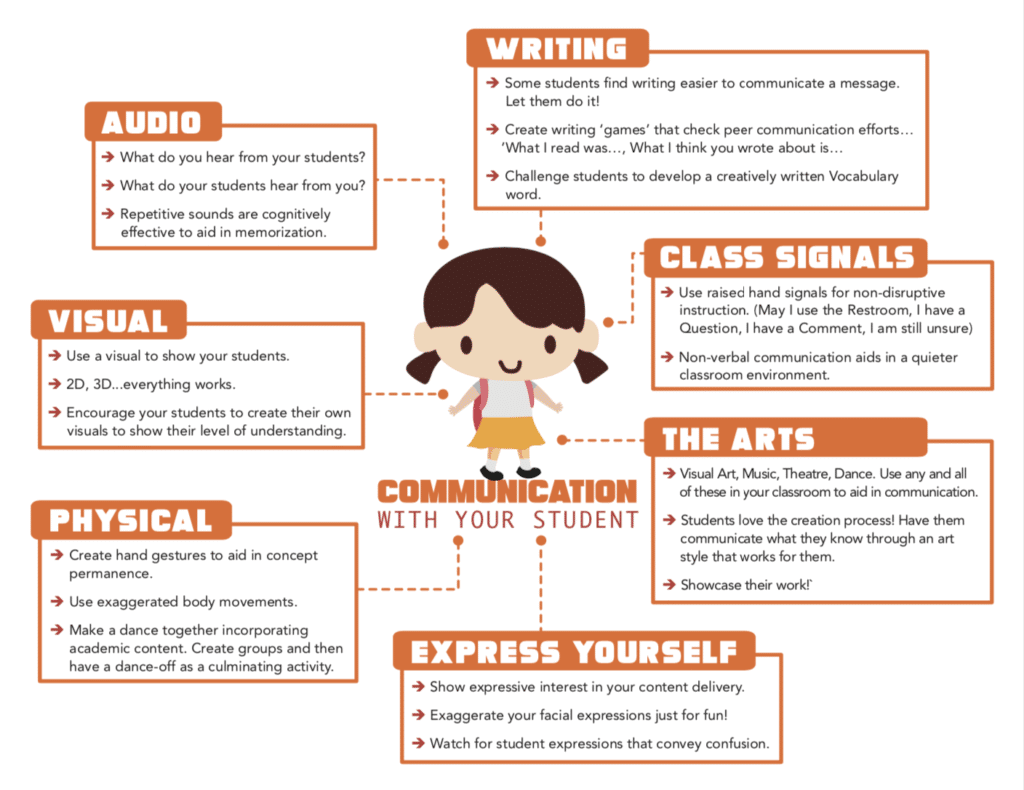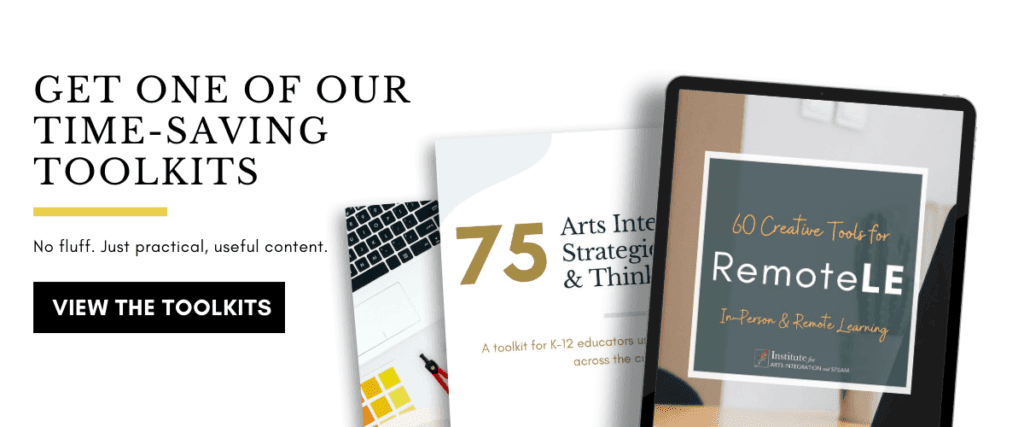The Value of Effective Communication
6 Min Read • Community Connections
Imagine where we would be if there were no means to communicate. Exactly!… we’d be nowhere! Our ability to participate in effective communication not only allows us to transfer information from Variable A to Variable B, but the ability to communicate ties in quite nicely with how our brain processes information.
Notice that the reference to communicate in the previous paragraph involves the transfer of information from variable to variable. That is simply because human beings communicate to various input locations not only to other people but to objects as well. For example, NASA communicates with satellites, rovers, and space stations fully knowing they are simply sending data to something else, a computer of sorts, that understands specific commands. This information transfer directs the commencement of a series or chain of tasks to be carried out.
Communication must be effective. We’ve touched on that before. In order to achieve effective communication, we must understand our audience and our mutual purpose to achieve a specific goal.
Children Communicate Differently
For this article’s purposes, I am limiting “communication” to person-to-person communication. More specifically, how we as teachers communicate to our students, and vice-versa in our own classroom setting.
When it comes to effective communication with our students, the necessity to process a bi-directional communication link is critical. Teachers can talk all day long and relay very important information to a classroom full of students. However, without a basic level of understanding, our words are nothing more than the same familiar sounding drone from Charlie Brown’s teacher.
We must understand who we are communicating with and why we are conveying our message. We must understand the children we are attempting to reach.
In order to engage in an effective two-way conversation, teachers need to be on the watch for three important cues from Bloom’s Taxonomy of Learning.
Visual
The use of visuals during instruction fits into the Cognitive category. Students receive an initial grasp of knowledge from what they can see. Once they are able to see anything that makes visual sense, they can begin to comprehend what they are looking at. Think about how inquisitive babies are during their formative years. Everything is a marvel to them because it is all so completely new? As adults, we often think that our students know what we are talking about at any given time, yet they may have no clue connected to our specific reference – simply because they don’t know what ‘it’ looks like.
Any type of visual whether it be a picture, or better yet, a physical object will help your students gain a full understanding of your lessons. This allows your students to not only see what something looks like, but this is where they will also learn the how because the concept and its application begins to make sense.
Visual variety
During instruction, use a variety of visuals. Some students will inherently be interested in anything digital, while others need something more tangible. The visual provides a necessary tool for your students towards the mutual goal of further understanding. Once they are able to make a visual connection, they are on the road toward deeper analysis, synthesis, and concept evaluation.
Visuals also extend beyond what you provide as the classroom teacher. Regardless of how great your instruction may be, your students are at varying levels of understanding. Read their visual cues! A lot can be seen in one’s facial expressions. Nothing says more about lack of understanding than a look of confusion on someone’s face. Are your students fully attentive to your instruction? Are they paying full attention, or are they fidgety in their seats beyond their fidget norm? If your students do not understand what you are teaching, are they looking around the room to see if others are perhaps just as confused as themselves?
Audible
Any form of communication with audible exchange falls into the Affective category. Younger children, and even upper elementary, really connect with repetitive sounds. When listening, your students are on the receiving end of your instruction and this communication allows your students to respond if and when necessary.
This one can get out of hand, in a good way. If what you are teaching involves audible sounds beyond simply words, try making a ‘game’ from some of the sounds you make to teach the concept. Have students develop their own sounds. Make a phonic connection between the sounds they make and the words they already use.
Are they able to create any ‘new’ sounds? Share out! Students love to mimic and imitate sounds. Play music! Find a catchy selection with a distinguishable beat. At this point, if your students are buying into your instruction, you’ll know. You may even reach a point where you need to curb the increased volume that results from your student’s elevated fun.
Building powerful discussion
Use digital means to build together a chain of sounds. Have students record their made sounds and then compile them to make any variety of new sounds. This one is powerful because you can use this method to help Primary students understand how language was created and used. For upper-grade students, ask how sound and language has changed over time? The ensuing discussion is valuable at any level.
Lastly, solicit an active response from your students. As teachers, we are always asking ‘are there any questions?’, but we consistently receive fewer raised hands than we know that we should. The audible aspect of communication is what your students will use to internally process what they are learning. If our words are impactful, they will be repeated in the minds of many for a long time to come.
Physical
The use of visuals during instruction fits into the Psychomotor category. Kids thrive on movement! Anytime there is an opportunity to move, they will! Communication lends itself perfectly with physical movement because it involves far more than the whole body.
Make use of many hand gestures while teaching. Provide visual cues to your class by how you move your hands, your arms, your body. During instruction, use movement to help accentuate a part of a word or a story. Gain visual cues from your students own movements to capture their level of understanding. Ask a student to reiterate a concept or vocabulary word. Do they use their hands to aid in the explanation?
Get on your feet!
The physical aspect of communication can get very fun, very fast. I recently re-introduced the ‘Macarena’ song to my class they LOVE the hand movement dance that we do every time it is played. All but a few students are up on their feet as everyone, including myself, enjoys this time to physically move to the music. I have even used the hand movement/gestures to help students memorize important concepts. Whether it be a sequential process that we are studying (water cycle) or a set of vocabulary words associated with a story. The active participation, or lack thereof, is a powerful indicator of what they will retain.
Communication through physical movement is something we all do, all the time. We can tell if a student is bothered by something just by their posture, and how they are moving.
Effective Communication
Effective communication is an art. And working with students in the classroom requires that a teacher hold an honorary psychology degree. As teachers, we learn to be in tune with all possible sensory aspects so that we can read our students level of understanding, and modify instruction based on verbal and non-verbal communication. There is a lot to learn from the children we teach. And we can find it through effective communication and going beyond just words.
All forms of communication are like clouds in the sky, they are either in sight or they are not. Our task is to recognize when they are visible and then respond accordingly.





